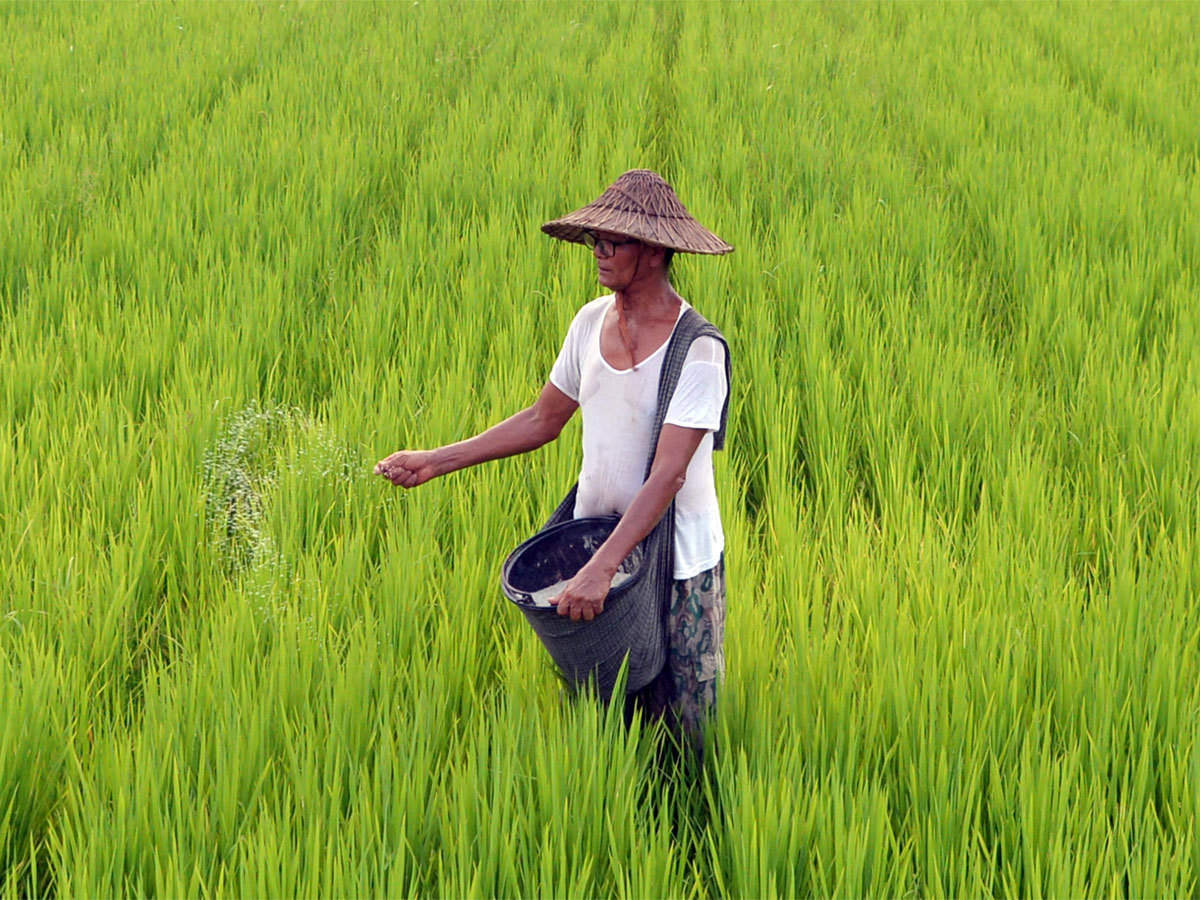As the monsoon gets delayed over most parts of India after a timely start, the sowing of major Kharif crops has seen a dip. Irrespective of when the rains arrive now, the sowing window for crops like moong, urad, and, to an extent, cotton might be too short for farmers to commence operations.
The All India Crop Situation report issued by the Ministry of Agriculture and Farmers’ Welfare shows sowing in over 499.87 lakh hectares (lh), against 558.11 lh last year, with area under almost all major crops, including moong, soyabean, paddy and cotton, reporting a dip.
Last year, when there was bumper sowing of crops, farmers had planted soyabean over 92.36 lh, which is down to 82.14 lh now; moong over 13.49 lh, against 11.92 lh this year; and cotton, the major kharif cash crop, over 104.83 lh against over 86.45 lh now.
Among cereal crops, bajra has been sown over 15.74 lh against 25.32 lh in 2020. Oilseeds have been sown over 112.55 lh, down from 126.13 lh in 2020. Pulses overall have also seen a dip, though minor, to over 52.49 lh from 53.35 lh last year.
Sugarcane is among the few exceptions, with sowing in over 53.56 lh, against above 52.65 lh last year.
In the absence of rains, farmers are either shifting to shorter-duration crops or waiting for enough soil moisture to commence sowing.
Since 2020, the India Meteorological Department (IMD) is following a revised monsoon onset and withdrawal calendar, according to which the normal date for rains to reach all regions of the country is July 8. As of Friday, July 9, the country had received 229.7 mm of rainfall, 6% below the normal of 243.6 mm, with spatial distribution showing a rainfall deficit except for the first two weeks of June.
Northwest India has reported the most significant deficit, of 18%. As of Friday, monsoon was delayed over Delhi, Punjab, Chandigarh, Haryana and Western Rajasthan. At -58%, Delhi is one of the most deficient states this season.
Normally farmers are advised not to sow groundnut, moong and urad if there is not enough soil moisture by July 15. Cotton sowing would be hit in case the rains continue to play truant till the end of July.
However, 2021 does not mark the most delayed monsoon onset in the parts of the country still to see rains. In 2012, against its normal date of June 29, Delhi had seen rains arrive on July 7.
Most previous monsoons between 2010 and 2020 also saw a similar break-phase between June fourth week and early July, though none lasted beyond 11 days. This time the break has stretched to close to three weeks. The monsoon of 2013 holds the record for seeing the fastest advance over the entire country — completed in 10 days — since 1941, the IMD said.
However, as per the latest weather forecast, the monsoon is all set to revive as the easterly winds have started blowing along with the lower levels from the Bay of Bengal. “The monsoon is likely to advance into the remaining parts of West Uttar Pradesh, Delhi, Haryana, Chandigarh, Punjab and Rajasthan by July 10,” the Met office’s weather report of Friday morning read.
source: https://indianexpress.com/

